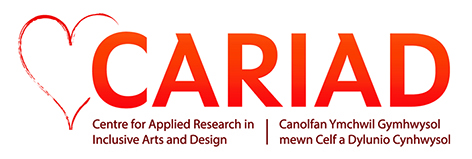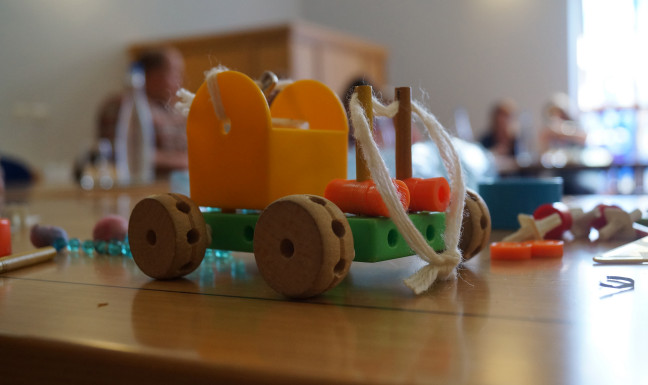 CARIAD enjoyed the second of its scoping workshops in Swansea today. Dr. Cathy Treadaway ran the second OPAN funded research development workshop for the ‘Making a Difference’ research project which is exploring the development of playful artefacts for people with dementia. The workshop was held in Swansea at the very welcoming Tapestri building. We brought together care providers, managers, occupational therapists and academics and included a presentation by Dr. David Prytherch, from User Lab at Birmingham City University, on haptic perception and dementia. http://www.bcu.ac.uk/biad/research.
CARIAD enjoyed the second of its scoping workshops in Swansea today. Dr. Cathy Treadaway ran the second OPAN funded research development workshop for the ‘Making a Difference’ research project which is exploring the development of playful artefacts for people with dementia. The workshop was held in Swansea at the very welcoming Tapestri building. We brought together care providers, managers, occupational therapists and academics and included a presentation by Dr. David Prytherch, from User Lab at Birmingham City University, on haptic perception and dementia. http://www.bcu.ac.uk/biad/research.
Topics arising after the talk included: the difficulties faced in working in care homes; the stretches and pressures on care home workers; community engagement; perception of dementia in society; fiddling and making for makings sake; the relationship between sensory experience and instinct; and the ways the brain processes and understands reactions to sensory stimulus, all very interesting indeed, take a look at a clip here (https://vimeo.com/71807694). We closed the session discussing some of the technological possibilities. Thanks to everybody for making it such an insightful and interesting discussion full of potential! Looking forward to seeing you all at our next session.









